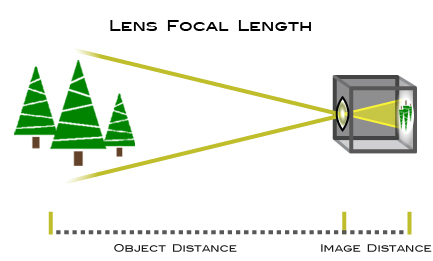Practical Photojournalism by Martin Keane
·
Visible light 400 nm to
7860 nm
·
P3 when rays of light
diverging from a point fall on a lens they are focused oo produce an image
·
The distance from the lens
to the plane in which parallel light is brought into focus is known as the
focus length of the lens


·
The greater the focal
length the larger the size of objects in the image created
·
P6 A lens needs to be moved
relative to the image plane to compensate for changes in distance between it
and the subject
·
P7 lenses using internal
focusing are sometimes designated IF

·
Aperture is the amount of
light that a lens will pass
· Settings of aperture are conventionally: 1, 1.4, 2, 2.8, 4, 5.6, 8, 11, 16, 22, 32
· The smaller the number the greater the amount of light passed by the lens
· Each setting passes half the light of the next setting numerically smaller than it
· P8 a reduction in the physical size of the aperture when taking the picture i.e choosing a bigger number (stopping down) will mean less light coming through the lens which has to compensated by longer exposure (more camera shake) or etc… it also increases the depth of field
· P8 a reduction in the physical size of the aperture when taking the picture i.e choosing a bigger number (stopping down) will mean less light coming through the lens which has to compensated by longer exposure (more camera shake) or etc… it also increases the depth of field
·
Focal length divided by its
effective diameter
·
As shutter speeds vary by a
factor of 2


·
To pass twice as much
light, the diameter of the lens has to be increased, not by a factor of 2, but
by a factor of the square root of 2 (=approx. 1.4)
No comments:
Post a Comment